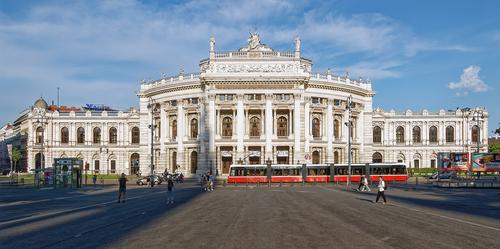Opinions on this approach seem to vary widely.
Some people advocate that you should set your ISO as low as possible to begin with and set your shutter speed to satisfy your motion requirements and your aperture to satisfy your depth of field requirements. Only raise your ISO if you need to.
Lower ISO, they say, has less noise issues, and a greater dynamic range between the darks and the lights.
Other people put their camera in manual mode with Auto ISO, and if your photo is too under or over exposed, use exposure compensation to raise or lower your ISO to raise or lower your exposure. Others start out in manual with a fixed ISO, and using Live View, raise or lower their ISO until they are happy with the look in front of them (although exposure simulation may be unreliable based on how high you have the brightness level set on your LCD screen).
I'm still trying to work things out. What I am seeing, I think, is that lower ISO's seem to produce richer, fuller photos.
Steve Thomas







